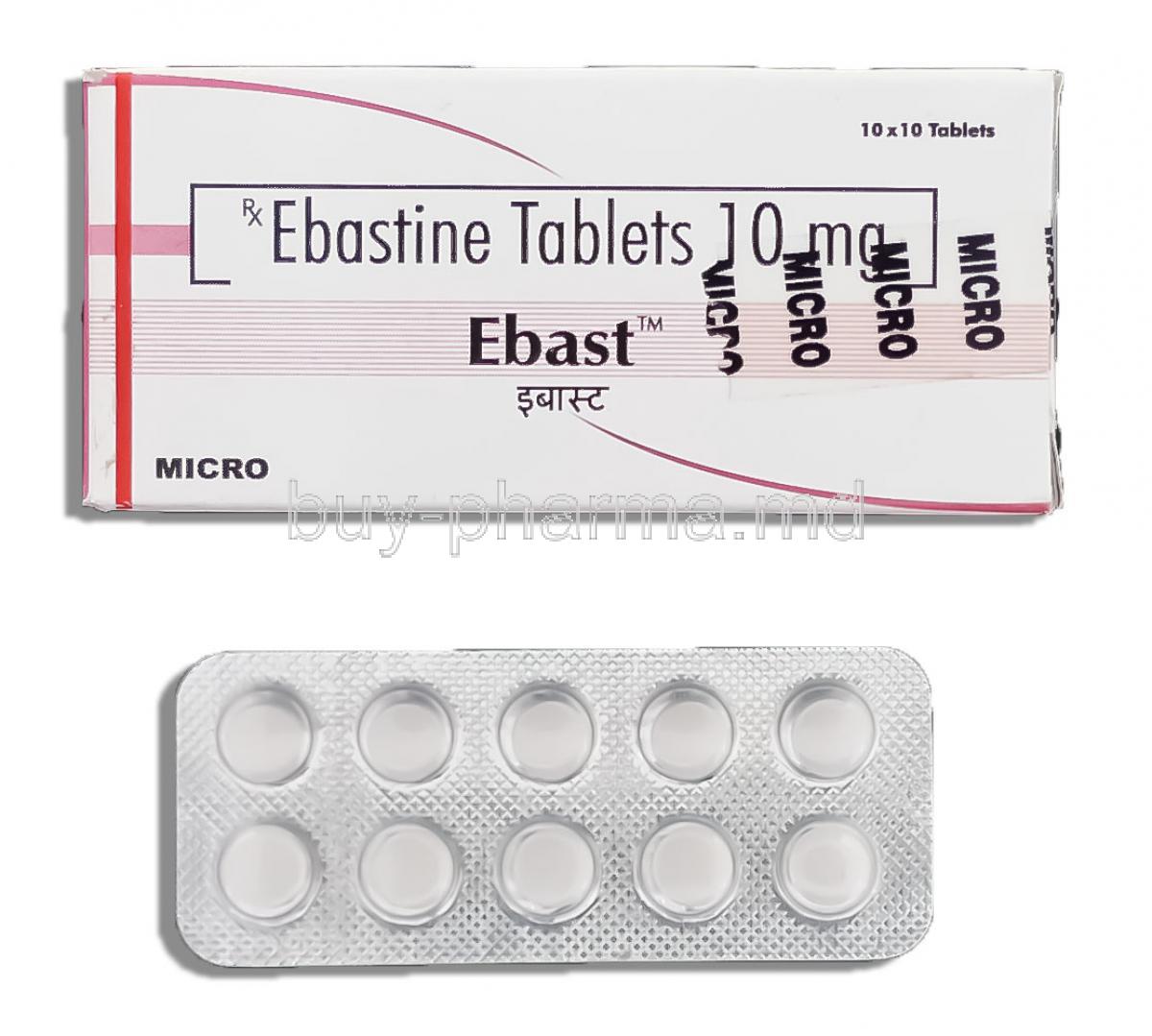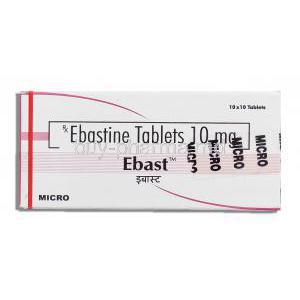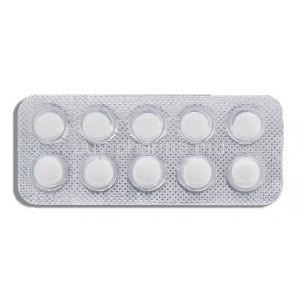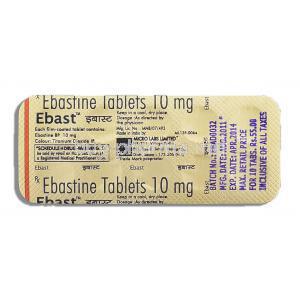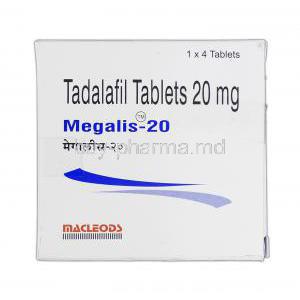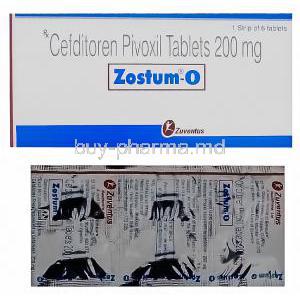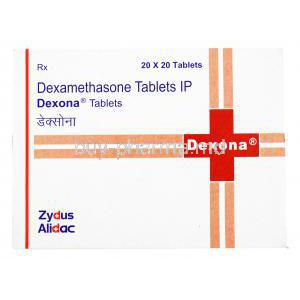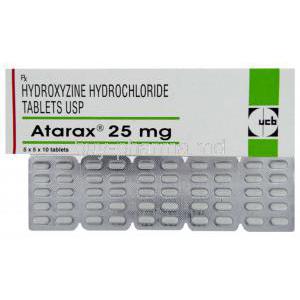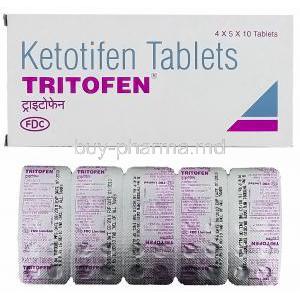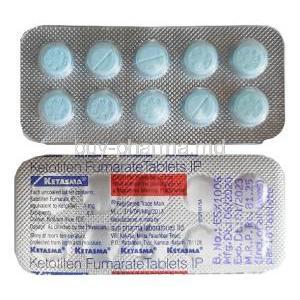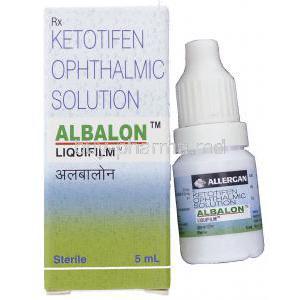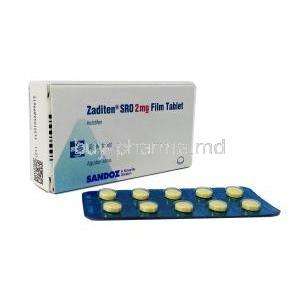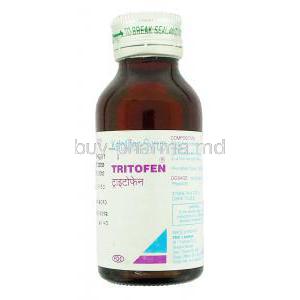Ebastine
- Introduction
- How Ebastine Works
- Dosage and Administration
- Uses of Ebastine
- Off-Label Use
- Composition
- Storage
- Interaction
- Warning
- Contraindication
- Careful Administration
- Important Precautions
- Administration to Elderly
- Administration to Pregnant Women and Nursing Mothers
- Administration to Children
- Overdosage
- Handling Precautions
- Side Effects
- Common Side Effects
- Conclusion
Introduction
Ebastine, a name that echoes throughout the field of pharmacology, is primarily utilized as an antihistamine for managing reactions. When delving into the records of history, the emergence and advancement of Ebastine stands as a significant milestone.
Historical Context and Discovery
The story of how Ebastine was discovered dates to the later years of the 20th century. Scientists, in their search for improved therapeutic agents, came across a compound that showed excellent antihistaminic properties.
The emergence of Ebastine not only showcased scientific expertise but also represented many years of research supported by thorough testing and experimental validations.
How Ebastine Works
When we explore the workings of Ebastine, we uncover a complex interplay between molecules and cells, like a beautifully orchestrated symphony.
Molecular and Cellular Mechanism
Binding Dynamics; At a level Ebastine has a strong attraction to histamine H1 receptors. It competes effectively with histamine for binding sites, preventing histamine from exerting its physiological effects.
Cellular Implications; Beyond binding Ebastine plays a crucial role at the cellular level. By inhibiting the interaction, between histamine and its receptors Ebastine suppresses the inflammatory process thereby alleviating allergy symptoms.
Receptor Interactions and Pathways
Ebastine's effectiveness is rooted in its interaction with histaminergic receptors. It acts as an antagonist, which means it blocks the receptor without triggering it. As a result, this interaction hinders the pathways that cause allergic symptoms such as itching, swelling, and redness. It is this blocking of pathways that highlights Ebastine's effectiveness, in managing allergies.
Dosage and Administration
It is crucial to administer Ebastine in order to maximize its therapeutic benefits and minimize any potential adverse effects.
Recommended Dosages for Various Conditions
Doctors usually recommend a daily dose for adults with rhinitis to help alleviate symptoms when pollen counts are high or when exposed to allergens. Regarding idiopathic urticaria, the dosage is specifically tailored based on clinical evaluation to relieve constant itching and hives.
Route of Administration
Ebastine is typically taken by mouth in the form of tablets. The way the drug is processed in the body allows it to be quickly absorbed through the system, leading to peak levels in the bloodstream within a few hours after taking it. Making sure to follow the schedule maximizes the effectiveness of treatment.
Adjustments Based on Patient Demographics
Similar to other medications, the dosage of Ebastine may need to be adjusted based on different factors such as;
1. Age: Pediatric and geriatric populations may require dosage modifications due to variations in metabolic rates.
2. Renal Function; Patients with impaired kidney function may need dosage adjustments to prevent the buildup of the drug.
3. Concomitant Medications; Co administration with medications may require dose adjustments due to possible interactions, between drugs.
Uses of Ebastine
Ebastine, a known and respected substance in the field of pharmacology, is highly regarded for its strong antihistamine properties. It is widely used in medical situations and is valued by both doctors and patients. This article aims to provide information on its approved uses conditions it treats and how it effectively alleviates symptoms.(1)
Approved Indications
Regulatory agencies have thoroughly reviewed data and conducted rigorous trials to approve the use of Ebastine for specific medical conditions. This official endorsement is not a mere formality but a clear indication of the drug's effectiveness and safety profile.
- Allergic Rhinitis, a reaction of the nasal passages, experiences significant relief with the administration of Ebastine.(2) (3)
- Chronic Idiopathic Urticaria, characterized by hives and itching, greatly benefits from the therapeutic capabilities of Ebastine.(4) (5)
2. NCBI - Clinical utility and patient adherence with ebastine for allergic rhinitis
4. national Library of Medicine - Ebastine in allergic rhinitis and chronic idiopathic urticaria
5. NIH - EBASTINE IN CHRONIC SPONTANEOUS URTICARIA IN HIGHER DOSES

Allergic Rhinitis
Conditions Commonly Treated
Although Ebastine is officially approved for conditions, it is also utilized by physicians in various allergic conditions due to their extensive clinical knowledge. Dermatological allergies such, as contact dermatitis and eczema often show improvement when treated with Ebastine. Moreover, during the changing seasons, when allergies tend to flare up Ebastine acts as a source of relief.

Dermatological-Allergies
Mechanism of Action in Alleviating Symptoms
The effectiveness of Ebastine relies on its structure and how it interacts with cells. By understanding its mechanism, we can uncover the reasons behind its remarkable success in managing allergies. At its core, Ebastine works as a blocker for histamine H1 receptors.
This has an effect; firstly, it prevents histamine from attaching to its receptor and hinders the subsequent inflammatory response. These combined actions help alleviate symptoms like itching, swelling, and redness that are commonly experienced during reactions.
Therefore, Ebastine represents an example of creative pharmacology that connects molecular interactions with clinical relief.
Off-Label Use
In the world of pharmaceutical practices, there is a fascinating and debated topic known as off-label use. This refers to the use of a medication for purposes that authorities haven't officially approved. These decisions are made based on expertise and evolving evidence, with the focus always on patient well-being and evidence-based medicine.
Conditions Not Officially Approved for Treatment
While the approved uses of a drug are typically limited to indications, the field of medicine is constantly evolving and sometimes explores beyond these boundaries. However, such exploration is not hasty but grounded in empirical observations.
For instance, some doctors have ventured into territories by considering the use of drugs like Ebastine for preventing migraines based on anecdotal evidence.
Additionally, atopic dermatitis, a skin condition, has occasionally shown improvement, with unconventional treatment agents not traditionally associated with its management.
Existing Studies and Evidence Supporting Off-Label Use
The growing body of research can often justify off-label use of drugs. Although these studies may not always meet the standards of randomized controlled trials, they provide valuable insights into potential alternative uses for medications.
- Case reports play a role in sparking further research by highlighting instances where drugs have been successfully used for off-label indications.
- Cohort studies, on the other hand, examine groups of individuals over time and shed light on patterns and outcomes associated with off-label drug use.
- Meta-analyses are tools that combine data from various sources to strengthen the evidence supporting off-label practices.
In conclusion, while off-label use may be considered unconventional, it is not without reason. As long as patient well-being is prioritized and decisions are supported by emerging research; medicine can responsibly expand its boundaries.
Composition
To comprehend the makeup of a substance, the initial stage involves understanding its therapeutic and physiochemical characteristics. Ebastine, similar to medications, is formulated by combining active and inactive components with great care to ensure maximum effectiveness.
Active and Inactive Ingredients
The effectiveness of Ebastine is attributed to its component, which interacts with specific physiological targets to achieve its therapeutic effect. Additionally, there are a variety of ingredients called excipients that play a crucial role in maintaining the drug's stability, appearance, and delivery. These components, even though they don't have any effects themselves, are essential for the overall characteristics of the drug.
- Active Ingredient: Ebastine itself is the molecule for its antihistaminic properties.
- Inactive Ingredients: These can include binders, fillers, stabilizers, and colorants that all work together to ensure the drug performs optimally.
Formulations Available
Patients' diverse needs require that a drug be made available in forms. Ebastine, keeping this principle in mind, can be obtained in formulations.
- For instance, it is manufactured as tablets, which are compact and solid dosage forms designed for easy swallowing and long-lasting stability.
- It is also available as a liquid formulation, typically as a solution or suspension, which is particularly beneficial for individuals who have difficulty swallowing.
Storage
The durability and effectiveness of a medication are closely linked to how it's stored. Appropriate storage does not guarantee that the medication stays potent but also prevents any negative consequences.
Ideal Storage Conditions
Ebastine flourishes when stored under conditions that maintain its chemical integrity and therapeutic effectiveness.
- It is best stored at an ambient temperature usually ranging between 20°C to 25°C.
- Additionally, it should be kept in an environment to prevent excessive moisture and maintain the drug's consistency.
- Lastly, it is important to protect the drug from sunlight as this helps prevent any potential degradation caused by exposure, to light.
Shelf Life
While Ebastine is designed to be long-lasting, it is not a medication. Its shelf life, which usually lasts for years after manufacturing, indicates the timeframe in which the drug maintains its maximum effectiveness.
Disposal Recommendations
After the usefulness of the drug has ended, it is important to handle its disposal to avoid any negative impact, on the environment.
Using pharmaceutical disposal facilities or returning expired medication to pharmacies is recommended, as this promotes safety and environmental responsibility.
Interaction
The environment inside the body is, like an intricate web of interactions. In this context, it's important to have an understanding of how Ebastine interacts with other substances.
Common Drug Interactions
When taken together with medications Ebastine may have changes, in how it works or how it is processed by the body.
- Some antifungal medications can enhance the effects of Ebastine so dose adjustments may be needed.
- Additionally using macrolide antibiotics at the time as Ebastine could increase the likelihood of experiencing certain side effects.
Impact of Food and Alcohol
When you eat foods along with Ebastine, it can affect how the medication works. Taking the drug after a meal can help your body absorb it better and make it more effective. However, be cautious about drinking alcohol at the time, as Ebastine it may increase some of the medication's sedative effects.
Conditions That Might Affect Ebastine's Efficacy
Certain conditions or diseases can affect how Ebastine works in the body. If someone has a liver problem, it may change how Ebastine is processed. This could affect its effectiveness. In kidney disease cases, dosage adjustments might be necessary to avoid any potential harmful effects.
Warning
Although Ebastine is highly effective as an option it's important to be aware of certain precautions and considerations as is the case, with any medication.
Potential Risks Associated With Use
Although Ebastine administration is generally considered safe, there may be side effects that could occur.
- One possible side effect is drowsiness, especially if combined with sedatives or alcohol, which can have a sedative effect.
- Another potential side effect includes disturbances such as occasional nausea or indigestion.
When to Seek Immediate Medical Attention
Although it is not common, there are some symptoms that may occur after taking Ebastine which require medical attention.
If you experience allergic reactions such as swelling of the face, lips, or tongue, difficulty breathing, or a severe rash, it is important to seek immediate medical help.
Additionally, if you notice any palpitations or changes in your heart rhythm, it's advisable to get an evaluation.
Contraindication
In the world of pharmacology not all drugs are appropriate for every person or circumstance. Even though Ebastine has proven benefits, there are situations where it may not be advisable to administer it. It is crucial to identify these situations to prioritize the safety of patients.
Situations and Conditions Where Ebastine is Not Recommended
There are situations and medical conditions where the use of Ebastine may not be recommended due to possible harm or less effective treatment outcomes.
- If someone has a liver impairment, it can affect how the body processes and clears Ebastine since it undergoes hepatic metabolism.
- Additionally, individuals who have a known allergy to Ebastine or any of its components should avoid using it.
Other Medications That May Conflict with Ebastine
The combination of medications in the body can occasionally result in unintended interactions, which can affect the effectiveness of treatments. Taking antihistamines at the same time may increase drowsiness and intensify its sedative effects. Additionally, certain antibiotics may interact with Ebastine, affecting its levels in the bloodstream and altering its effects.
Careful Administration
To achieve results, with Ebastine it is crucial not only to be aware of any contraindications but also to administer it carefully. By customizing its usage according to the needs of each patient, we can significantly improve the outcomes.
Special Considerations When Administering
Certain factors require increased caution when using Ebastine. Regarding pregnancy, while it is not explicitly prohibited, the use of Ebastine should be based on an evaluation of the risks and benefits. When administering to patients, it is essential to adjust the dosage and closely monitor their condition.
Adjustments and Monitoring Required
Regularly monitoring and making adjustments to the dosage may be necessary to ensure that the treatment is both effective and safe. For patients with impaired kidney function, it might be necessary to adjust the dose. It is important to monitor for any interactions, with other medications in order to prevent any negative effects and maintain consistent levels of Ebastine in the body.
Important Precautions
Before you start using Ebastine for purposes, it's important to consider certain precautions.
Factors to Be Aware of Before Taking Ebastine
Different personal characteristics and outside influences can impact the way Ebastine functions within the body system.
- It's important to note that consuming alcohol at the time can enhance some of the sedative effects of Ebastine.
- When it comes to activities like driving or operating machinery, it is advisable to exercise caution until the individual knows how they personally respond to Ebastine and its effects, on alertness.
Patient History and Factors Affecting Dosage
A patient's medical background acts as a guide, helping doctors make decisions about treatments and determine dosages.
It is important to take note of any instances of allergic reactions to antihistamines or similar medications.
Chronic conditions affecting the liver or kidneys can also impact the dosage choices.
Administration to Elderly
The elderly require care and consideration when it comes to giving medications such as Ebastine due to their specific physiological needs.
Dosage Adjustments
In this group of people, it is often recommended to follow the principle of "starting with a low dose and gradually increasing it." Their unique body characteristics may require adjustments in the dosage. To avoid any negative effects it is generally advisable to begin with a lower dose. It is also important to assess the effectiveness of the treatment and monitor, for any potential side effects to ensure safety and successful therapy.
Potential Side Effects Unique to This Demographic
Due to the changes in their body as they age, older individuals may experience side effects that are not as noticeable in younger people. One potential risk could be the likelihood of experiencing increased sedation from Ebastine, which could potentially lead to falls. Additionally, there might be a chance of experiencing gastrointestinal issues such as constipation or gastric discomfort.
Administration to Pregnant Women and Nursing Mothers
Giving medication to women and breastfeeding mothers requires careful consideration as we need to prioritize the health of both the mother and the baby at the same time.
Potential Risks to the Fetus or Infant
During the stages of development, such as embryonic and neonatal periods, the vulnerability to external factors increases. Therefore, it is crucial to evaluate any possible risks associated with medications like Ebastine. Teratogenicity refers to the ability of a substance to cause birth defects or affect the development of a fetus. Additionally, it is important to consider that certain drugs can pass into breast milk and potentially impact the health of a breastfeeding infant.
Recommendations and Considerations
In the world of pharmaceutical options, there are a few important factors to consider. One of the crucial is carefully analyzing the risks and benefits associated with each medication. It's essential to weigh the therapeutic advantages against any possible drawbacks. Additionally, it is worth exploring therapies that may be less risky, especially when they suit the situation.
Administration to Children
Children are more than small versions of adults. Their distinct physiological and developmental milestones require consideration when it comes to administering medication.
Age-Appropriate Dosages
Pharmacokinetic differences among age groups of children require specific dosage adjustments. For infants, it is generally necessary to administer doses tailored to their weight and organ function. Dosing for toddlers and young children may vary depending on their milestones and weight progression.
Special Precautions and Considerations
When it comes to children's changing physical development, it is important to take a cautious approach. This involves monitoring their progress and the effectiveness of any treatments while also being mindful of potential side effects, for children, liquid formulations may be preferred as they can be easier to take in.
Overdosage
It is possible for there to be consequences when a medication is taken in amounts that exceed the recommended therapeutic range, even if it happens unintentionally.
Symptoms of Ebastine Overdose
It is important to be aware of the following signs and symptoms as they can help identify a situation where an overdose may have occurred;
1. Profound Sedation; This refers to a state of sleepiness that goes beyond normal drowsiness.
2. Cardiac Arrhythmias; These are irregularities in the rhythm of the heart, which can manifest as sensations of palpitations or feeling lightheaded.
Being able to recognize these symptoms is crucial, for identifying an overdose scenario.
Immediate Actions and Treatments
Time is crucial when dealing with overdose scenarios. Taking action can have a significant impact on the final results. It is vital to seek medical attention, in emergency situations. Additionally, it is important to ensure that the airway, breathing, and circulation are properly maintained while waiting for treatments.
Handling Precautions
Making sure a drug is safe goes beyond taking it. It's crucial to handle and dispose of it properly.
Proper Handling and Disposal
To maintain the quality of medication and protect the environment, it is crucial to handle it. Here are some guidelines;
- Storage; Make sure to store the drug according to the recommended conditions, keeping it out of reach of children.
- Disposal of throwing it in regular trash or pouring it down the drain, use approved pharmaceutical disposal methods.
These practices help ensure that medications are stored and disposed of responsibly, promoting both safety and environmental protection.
Ensuring Safety for Users and Those Around Them
Ensuring the safety of users goes beyond the person taking the medication. To achieve this, we employ childproof packaging that discourages access, particularly by inquisitive children. Additionally, we prioritize labeling to make sure that dosage and expiry information are easily readable and readily available.
Side Effects
Every medication has its set of side effects. It's crucial to acknowledge and manage these drawbacks in order to achieve the best possible results.
Overview of Possible Side Effects
Like any medication, Ebastine can have a range of potential side effects varying in severity. Some individuals may occasionally experience drowsiness, headaches, or dizziness in relation to its impact on the nervous system. Additionally, it is possible to experience nausea, stomach discomfort, or changes in bowel habits within the system.
Differentiating Between Common and Rare Effects
While certain side effects may be commonly experienced, there are others that are rarely observed but can have implications for medical treatment. Common; Feeling drowsy or experiencing a headache is relatively common. Rare; Severe allergic reactions or significant cardiac disturbances occur infrequently. It should be addressed promptly.
Common Side Effects
Ebastine, a known antihistamine, is praised for its effectiveness in treating allergic symptoms. However, like any medication, it does come with side effects. Being aware of these side effects can help in detection and also in ensuring that patients have realistic expectations and adhere to the treatment.
Listing and Brief Descriptions
Upon examination, it becomes apparent that there are several side effects associated with this medication, although their occurrence may differ in frequency.
- These side effects include drowsiness, which can impede activities by creating a sleep-inducing state.
- Another common side effect is a headache, characterized by a discomfort in the head that is often diffuse in nature.
- Additionally, some individuals may experience gastrointestinal disturbances ranging from mild stomach rumblings to an unsettling sensation of nausea.
- Lastly, dry mouth can occur well, resulting in a lack of moisture within the oral cavity and potentially leading to increased thirst.
Management and Mitigation Strategies
Equipped with knowledge, individuals can skillfully navigate the complexities of side effects. There are strategies to alleviate these undesirable companions:
1. Adjusting the dosage: Collaborating with a healthcare professional to find the balance between therapeutic benefits and potential side effects.
2. Implementing measures: Incorporating additional treatments, such as pain relievers, for headaches or staying hydrated to combat dry mouth.
3. Making lifestyle modifications; For instance, refraining from driving or operating machinery if experiencing pronounced drowsiness.
By employing these approaches, one can effectively. Mitigate the impact of side effects.
Conclusion
In the field of pharmacotherapeutics, Ebastine has established itself as a reliable antihistamine. It effectively alleviates symptoms but also comes with a range of side effects that, although not uncommon, can be managed with proper knowledge and strategies. Ultimately, using Ebastine wisely and understanding its characteristics leads to therapeutic outcomes. This is medicine's essence: balancing benefits while remaining aware of risks. Let us proceed cautiously and diligently along this path to ensure the well-being of those we care for.

